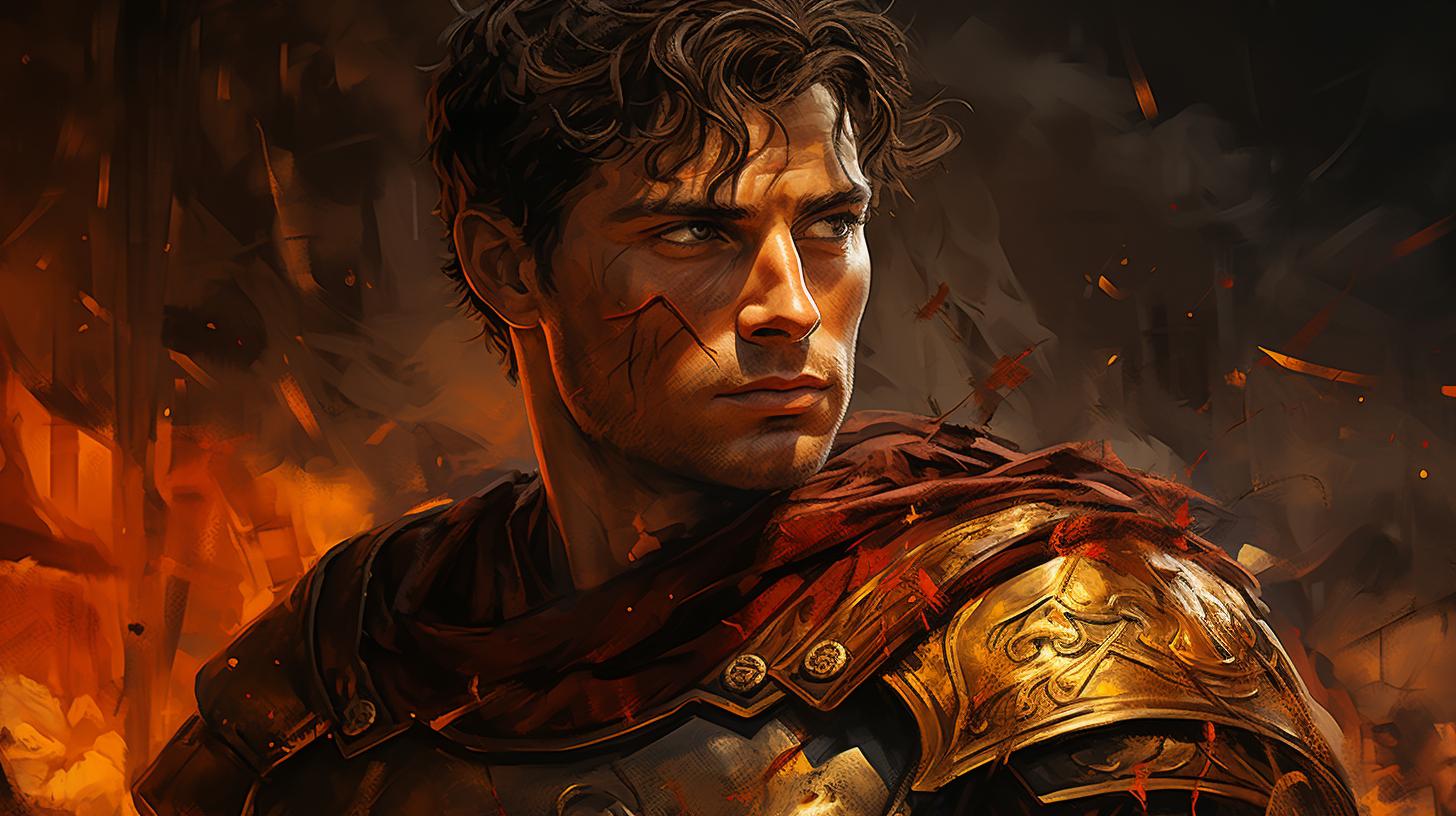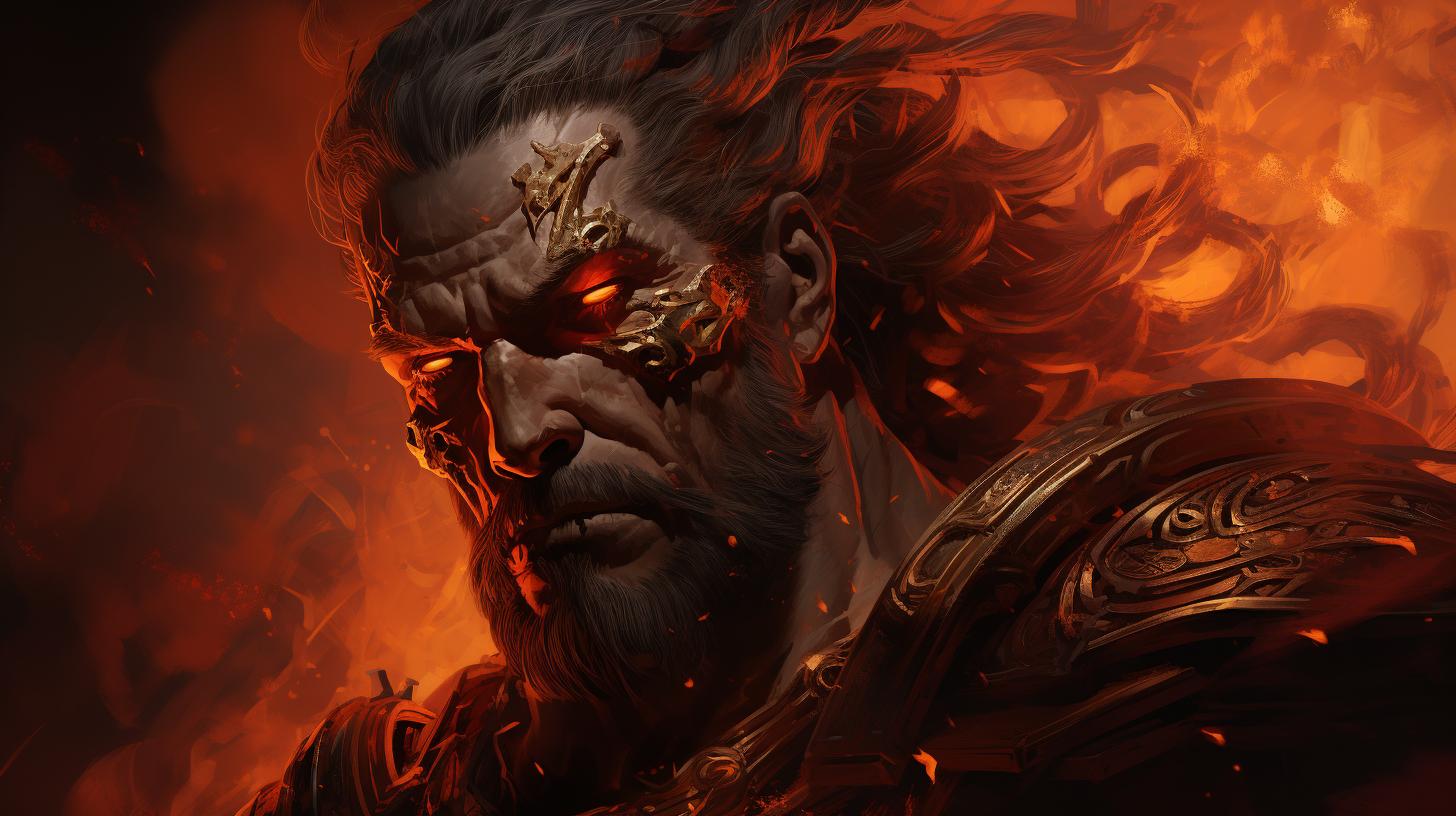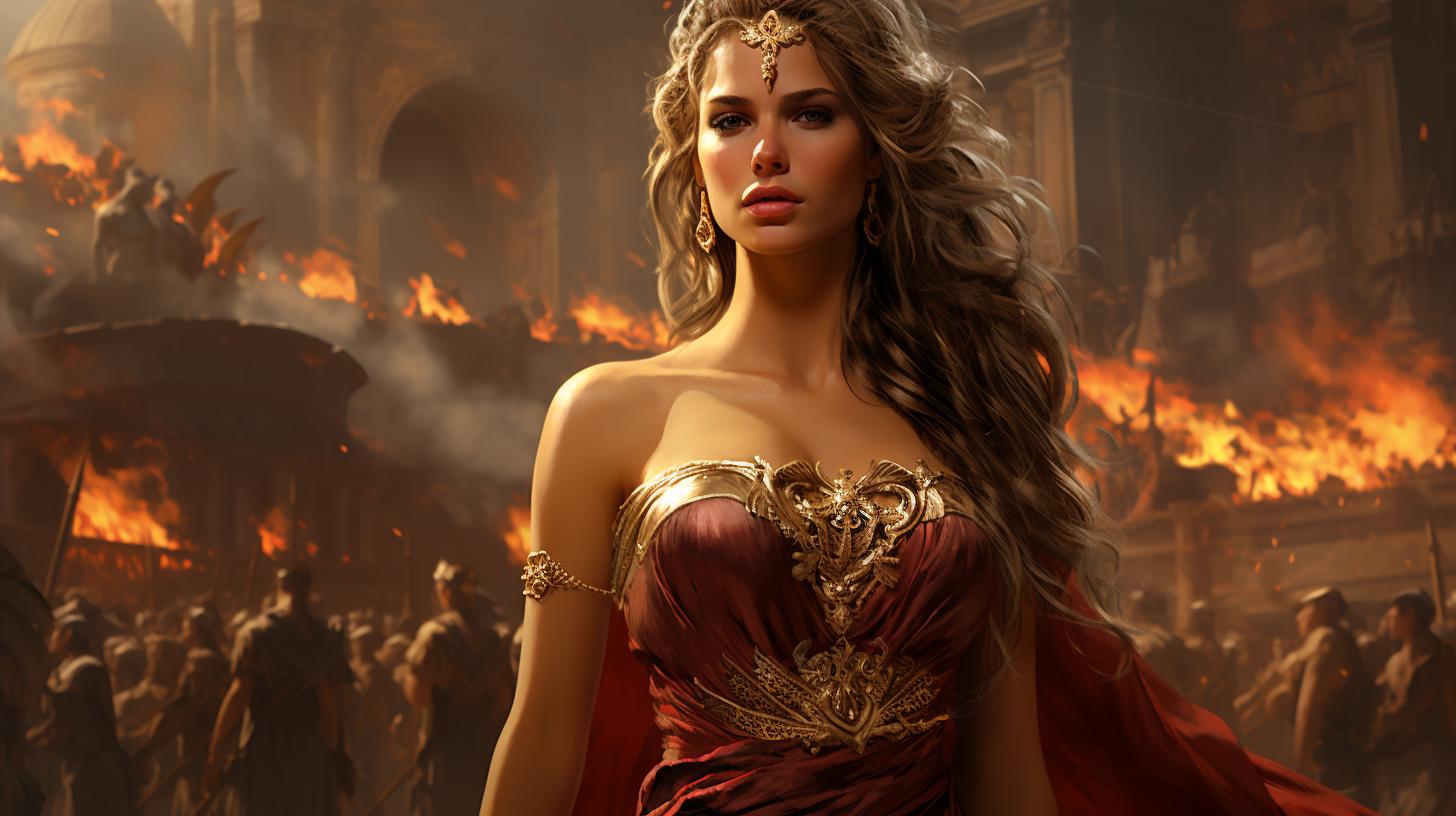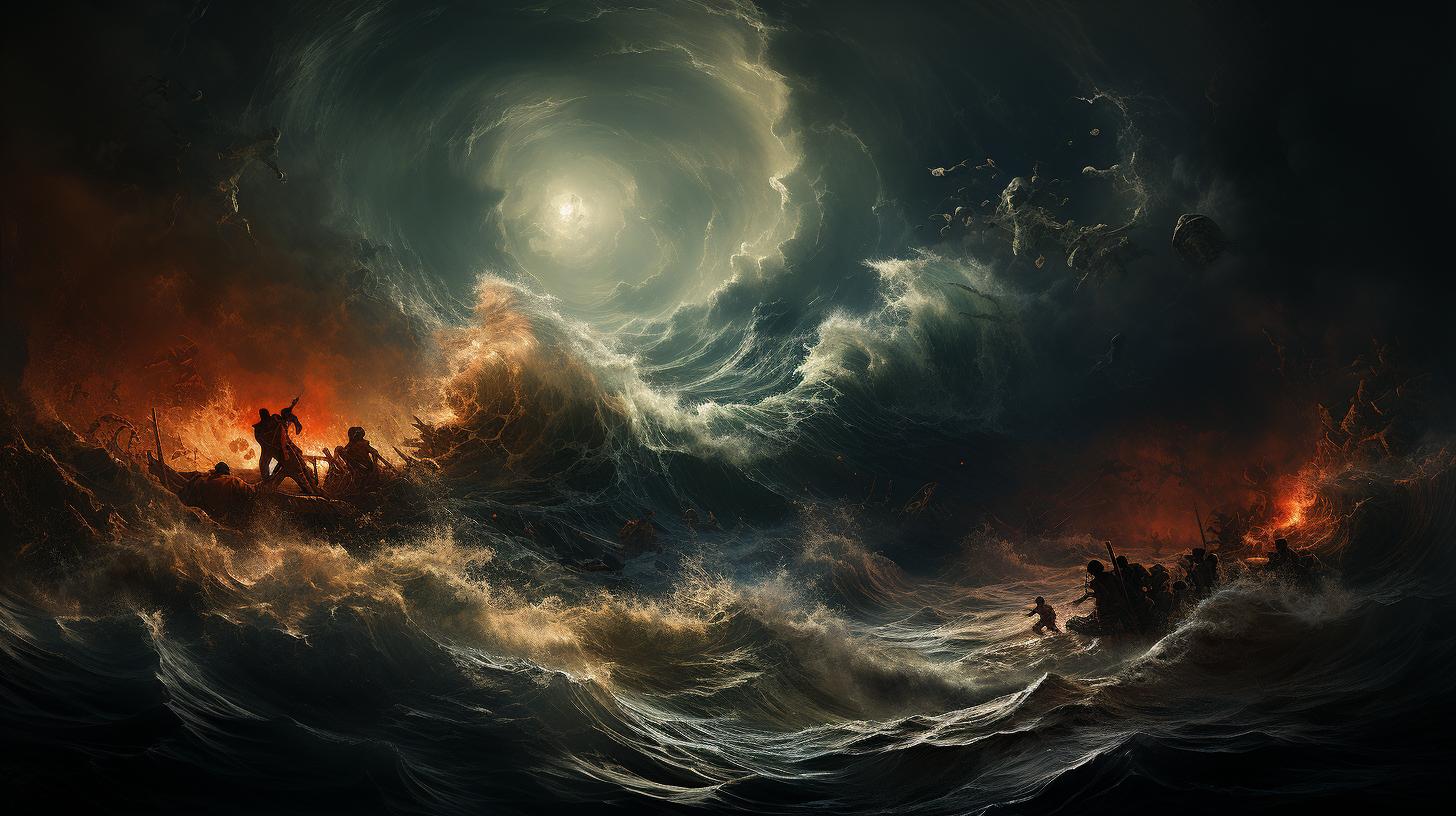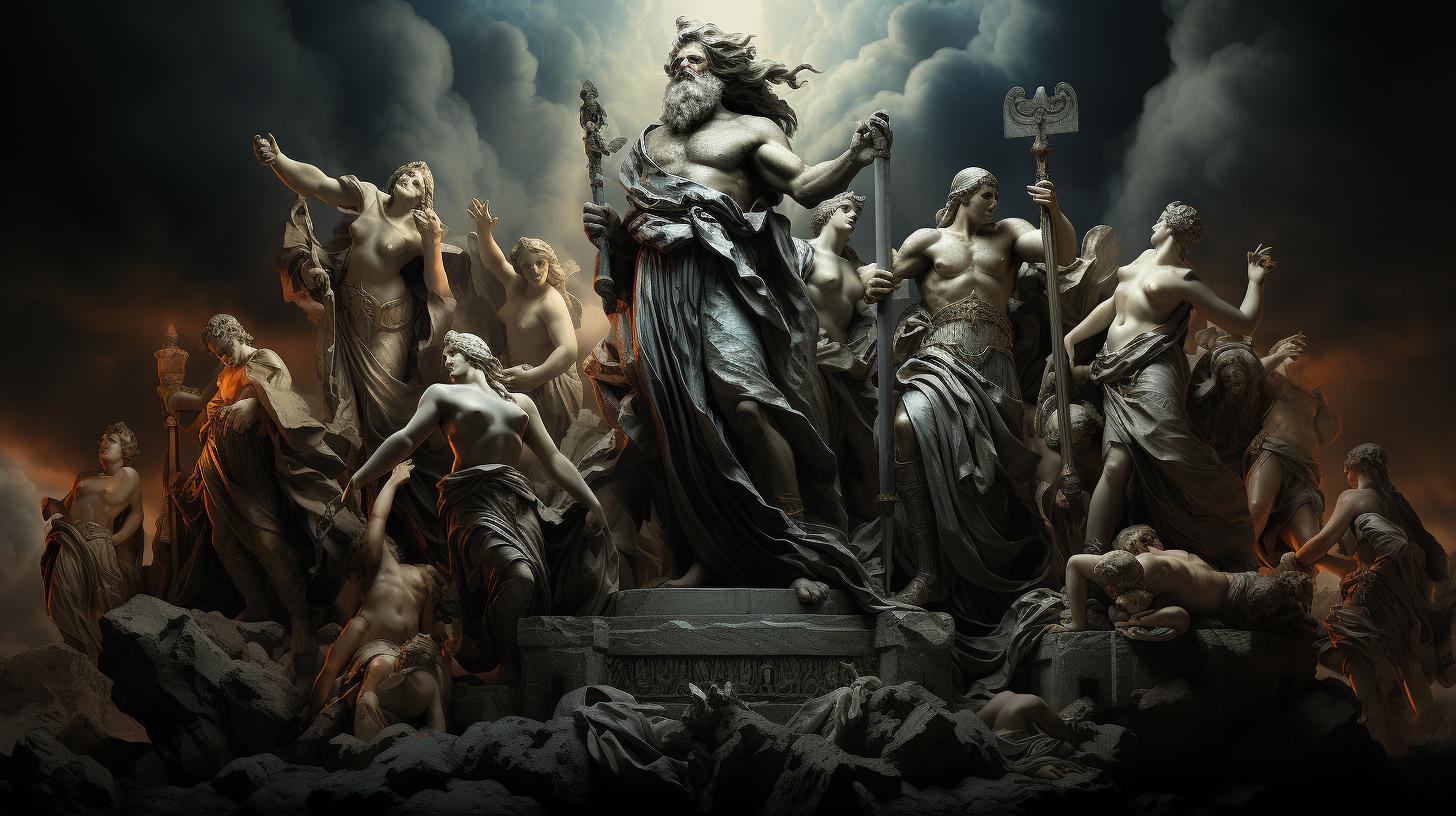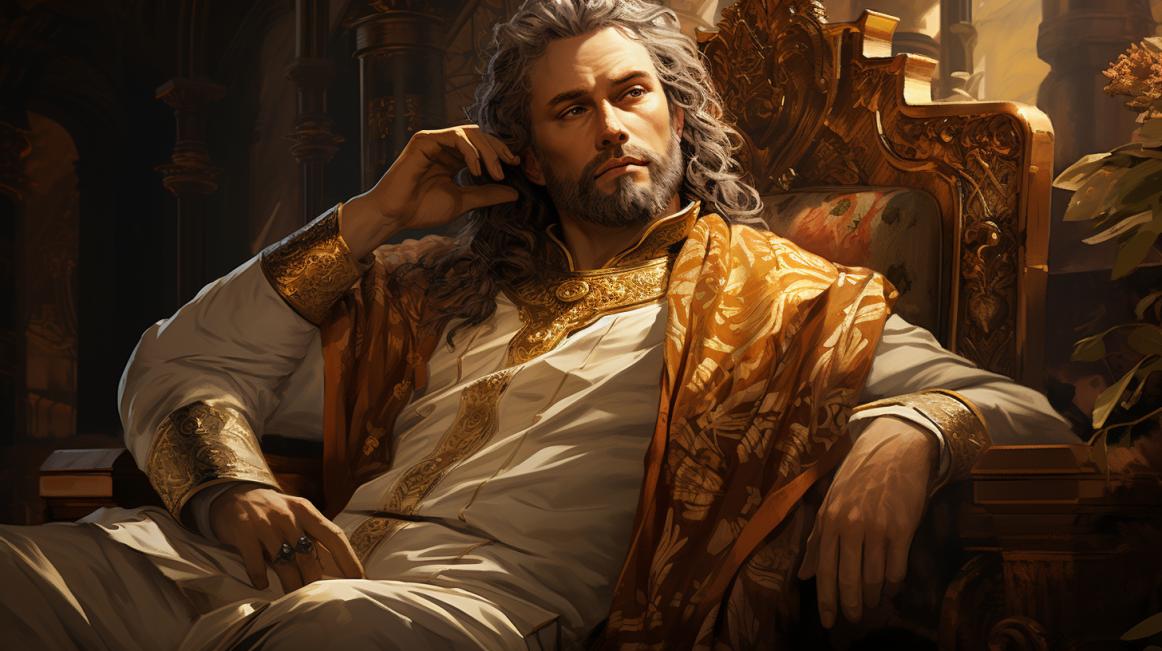Cassiopeia in Greek Mythology: The Punishment of Vanity and the Heroic Rescue

Cassiopeia in Greek mythology was a queen who boasted of her beauty, offending the gods. As punishment, Poseidon sent a flood and a sea monster to destroy her kingdom.
To appease Poseidon, Cassiopeia and her husband consulted an oracle and were told to sacrifice their daughter, Andromeda. However, she was rescued by the hero Perseus, who defeated the monster and married her.
Cassiopeia was punished by being transformed into a constellation, while Andromeda and Perseus were honored as constellations for their heroic deeds. The Cassiopeia constellation is easily recognizable in the night sky with its distinct “M” or “W” shape.
It can be seen throughout the year in the northern hemisphere, even during full moon nights.
The Myth of Cassiopeia: Her Vanity and Offense to the Gods
The story of Cassiopeia in Greek mythology revolves around her beauty, vanity, and the consequences of her actions towards the gods.
The Boasting of Cassiopeia: Her Beauty and Vanity
Cassiopeia, the queen of Aetiopia, proudly boasted about her unparalleled beauty, claiming to be more stunning than the sea nymphs known as the nereids. This audacious declaration, however, deeply offended the gods, particularly Poseidon, the god of the sea.
The Punishment from Poseidon: The Diluvio and the Sea Monster
As a punishment for her arrogance, Poseidon unleashed a devastating flood upon Cassiopeia’s kingdom. To further teach her a lesson, he sent a monstrous sea creature known as Cetus to terrorize the land, aiming to destroy everything Cassiopeia held dear.
The Oracle’s Prophecy: The Sacrifice of Andromeda
In an attempt to appease Poseidon and save their kingdom, Cassiopeia and her husband, Cepheus, sought guidance from an oracle. The oracle’s prophecy revealed the horrifying truth: to atone for Cassiopeia’s transgressions, they were instructed to sacrifice their daughter, Andromeda, by binding her to a rock along the seashore, destined to be devoured by the monstrous Cetus.
Thus, the myth of Cassiopeia sheds light on the consequences of vanity and pride, serving as a cautionary tale about the dangers of arrogance and the need for humility in the face of divine power.
The Heroic Rescue: Perseus and Andromeda
Perseus’ Encounter with Andromeda
During his journey, the hero Perseus came across the princess Andromeda, who was chained to a rock by the sea as a sacrifice to the sea monster. Perseus was captivated by Andromeda’s beauty and immediately felt compelled to help her.
The Proposal of Perseus: The Monster’s Defeat and Marriage
Perseus approached Andromeda’s parents, King Cepheus and Queen Cassiopeia, with a proposal. He offered to rescue Andromeda from her imminent doom by slaying the sea monster that threatened her. In return, he requested Andromeda’s hand in marriage as a reward for his heroic act.
The Objections of Cepheus and Cassiopeia: The Conflict and Resolution
Cepheus and Cassiopeia initially objected to Perseus’ proposal, as they had already arranged for Andromeda to marry Cepheus’ brother, Agenor. However, Andromeda insisted on fulfilling her promise to Perseus and stood by his side.
With Andromeda’s firm resolve, Cepheus and Cassiopeia ultimately conceded, realizing the strength of their daughter’s love and Perseus’ bravery.
Cassiopeia’s Punishment and Andrómeda’s Reward
Cassiopeia, the queen of Aetiopia, faced a severe punishment from the gods for her arrogance. As a result of boasting about her beauty and considering herself superior to the Nereids, the god of the sea, Poseidon, sent a devastating flood and a monstrous sea creature known as Cetus to destroy her kingdom.
The Transformation of Cassiopeia: From Queen to Constellation
In order to appease Poseidon and stop the impending destruction, Cassiopeia and her husband, Cepheus, consulted an oracle. They were given the distressing prophecy that to save their kingdom, they had to sacrifice their daughter, Andromeda.
Helpless and desperate, Cassiopeia and Cepheus followed the oracle’s advice, and Andromeda was chained to a rock by the sea as an offering to the monstrous Cetus.
However, their predicament took an unexpected turn when the hero Perseus, who had recently slain the formidable Gorgon Medusa, happened to pass by.
He was instantly captivated by Andromeda’s beauty and bravery despite her perilous situation. Perseus proposed to save Andromeda and kill the monster on the condition that he could marry her.
In the end, Andromeda’s determination to fulfill the promise made by her parents prevailed, and she willingly became Perseus’ wife.
Andrómeda and Perseus as Constellations: Honoring Their Heroic Deeds
As a reward for their heroic actions, both Andromeda and Perseus were immortalized in the night sky as constellations.
Nearby Cassiopeia, whose vanity had brought about the whole chain of events, was also transformed into a constellation.
Andromeda, forever tied to Perseus, took her place among the stars, symbolizing resilience and bravery.
The couple’s celestial journey serves as a reminder of the triumph of true love and honor in the face of adversity.
- Andromeda and Perseus, two immortal lovers, are forever united in the celestial realm.
- Andromeda’s courage and Perseus’ heroism are commemorated through their stellar forms.
- Cassiopeia’s punishment stands as a constant reminder of the consequences of vanity and pride.
The story of Cassiopeia and Andromeda’s ultimate redemption and the heavenly recognition of their brave deeds continues to inspire and fascinate to this day.
The Cassiopeia Constellation: A Recognizable Formation in the Night Sky
The Cassiopeia constellation is a prominent and easily recognizable feature in the night sky. Its unique shape forms either the letter M or W, depending on the time and season. This distinctive pattern has made it a well-known and captivating sight for stargazers and astronomers alike.
The Unique Shape of Cassiopeia: The M or W Designation
One of the defining characteristics of the Cassiopeia constellation is its visually striking shape. Over the course of a night, the rotation of the Earth causes Cassiopeia to change its appearance.
Sometimes it resembles an M, while at other times it forms a W. This fluctuation adds to its allure and makes it easily distinguishable among the stars.
Visibility and Circumpolarity: Cassiopeia’s Presence and Accessibility
Cassiopeia is visible throughout the year in the northern hemisphere, offering ample opportunities for stargazers to appreciate its celestial beauty.
Its position in the sky allows it to be observed even during nights with a full moon. Additionally, for those residing above 40 degrees of northern latitude, Cassiopeia, along with the Big Dipper, remains circumpolar, meaning it is always visible above the horizon regardless of the time of year.
With its recognizable shape and accessibility, the Cassiopeia constellation serves as a captivating testament to the rich mythological history and astronomical wonders that continue to captivate our imaginations.
.













